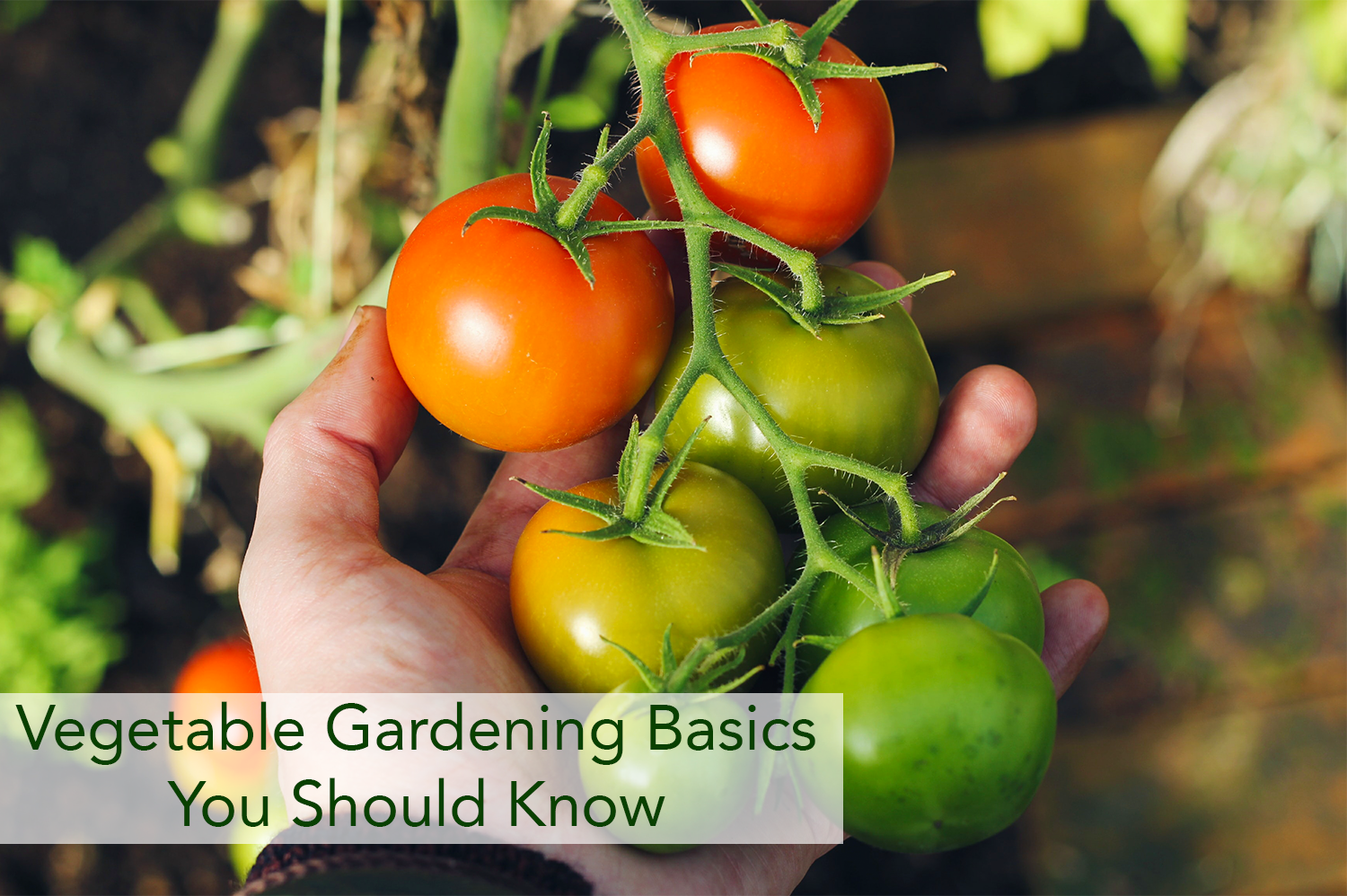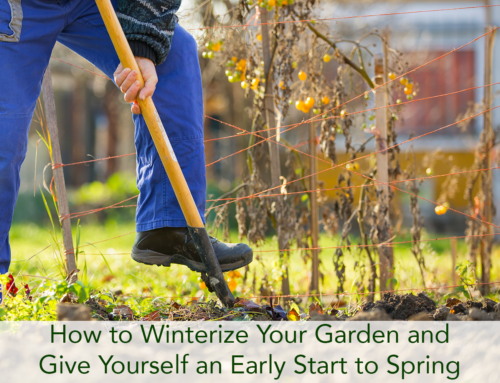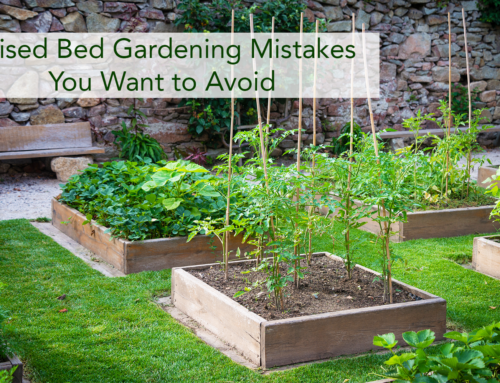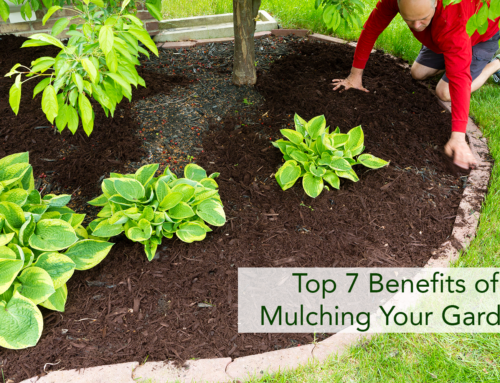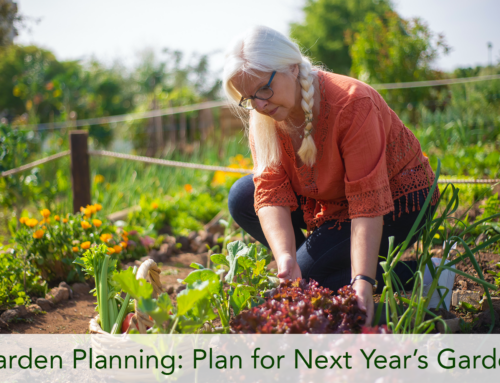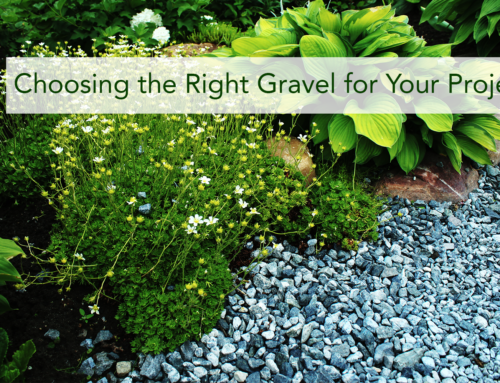If you’re wanting to enjoy the best vegetables you’ve ever eaten, it’s time for you to consider starting your own vegetable garden. It may seem daunting, but with our vegetable gardening basics, you’ll be set on the right track and on your way to eating delicious, homegrown veggies in no time!
Pick the Right Location
The location for your vegetable garden is key! Before you pick a place for your garden, you need to consider a few things:
- Pick a sunny spot. Most vegetables need 6-8 hours of direct sunlight a day. There are a few veggies (mostly leafy ones) that will tolerate some shade, though.
- It needs to be stable and not windy. Avoid places that receive strong wind, as it could knock over young plants or keep pollinators from doing their job.
- The soil should be nutrient-rich and drain well. The foundation of your garden is the soil, so it needs to be good. If your soil is lacking and doesn’t drain well, don’t despair. You can still make a beautiful vegetable garden (we’ll tell you how below).
- Make sure you pick the right size. Picking the right location means you’re also considering how big you want your garden to be. Remember though, it’s better to be proud of a small garden than frustrated by a big one. So, plan with care and start on the smaller side.
- Pick a convenient location. You’ll want your garden to close by so you can easily check up on it.
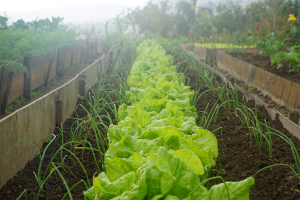
Consider using raised garden beds for your vegetable garden if you live in Western Colorado.
Consider Raised Bed Gardening
If your soil is lacking, that doesn’t mean you won’t be able to grow a beautiful vegetable garden. Raised bed gardening is a great option.
When it comes to vegetable gardening in Western Colorado, it can be a little more challenging due to the high percentage of clay in the native soil. That said, many gardeners have turned to raised bed gardening as it’s always more productive than growing in clay soils.
An “in-ground” garden in clay soils seldom, if ever, outperforms a raised bed with a light, loose mix of compost, coco coir, peat moss, and some drainage components such as perlite, pumice, and rice hulls. In a loose mix like that, your plant’s root systems can grow mostly unimpeded when compared to roots trying to grow in clay-based soils. This means your plant’s root system will grow much larger, and as a result, become more productive!
Keep in mind, you’ll have to build the beds, and that will be an added expense. However, At Beaver Lakes, we’ve seen many folks try “in-ground” gardening before ultimately making the switch and being much happier.
Choosing & Planting Vegetables
The exciting part: choosing the vegetables! Easy vegetables, like lettuce, cucumbers, and summer squash are great options to start with. If you need some extra help deciding, here are some other things you should consider:
- Choose veggies you and your family like to eat. If no one likes beets, don’t bother planting them. Instead, put your energy into growing bigger crops of things you know you’ll enjoy.
- Be realistic about how many vegetables will be eaten. Starting a vegetable garden is exciting, but be careful not to overplant as you’ll stretch yourself thin that way.
- Be prepared to care for your plants throughout the growing season. Plan to go on vacation during summer? Keep this in mind when planting your veggies. For example, tomatoes and zucchinis grow strongest in the middle of summer, so you or someone else needs to be around to look after the crops.
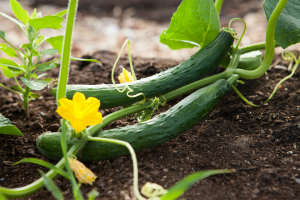
Remember to stager your plantings! You don’t want all your veggies to be ready at the same time.
Now that you’ve decided on your veggies for your garden, you need to also be aware of where and how to plant them. Not all vegetables are planted at the same time. “Cool-season” vegetables, like lettuce and peas, grow in the cool weather of early spring and fall. “Warm-season” veggies, such as tomatoes and cucumbers, aren’t planted until late spring and summer. And don’t forget that some vegetables have a short harvest period, like radishes, and some take longer to produce, like tomatoes.
Also, be sure to stagger your plantings. You don’t want to plant all your summer squash seeds at the same time, or all those summer squashes will need to be harvested around the same time. By staggering your plantings for a few weeks, you’ll keep those veggies coming at a nice pace.
Let Beaver Lakes Help Your Vegetable Garden Grow
With these vegetable gardening basics, you’ll be ready to get your garden growing and producing delicious veggies this summer! But before you start, don’t forget to visit us at Beaver Lakes in Montrose, Colorado. We have compost and garden mixes that will be perfect for your veggie garden. Happy growing!

